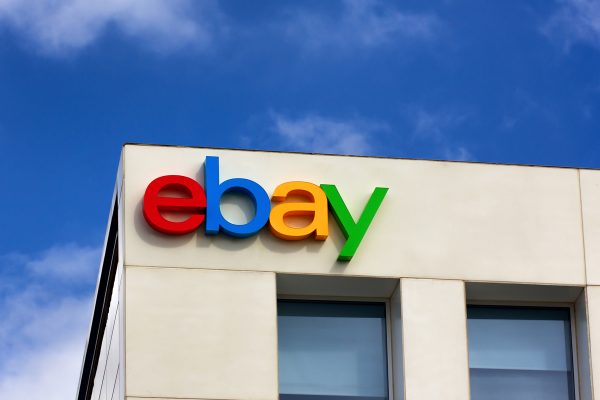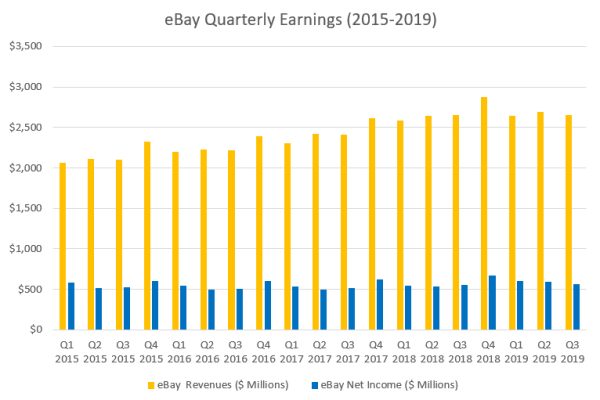eBay and Amazon have both reported their first quarter earnings for Q1 2011 and they’re both significant for different reasons.
Amazon are growing at a fantastic rate of around 38% and significantly a third of all items shipped on Amazon are by third party sellers. That means although sellers often fear competition from Amazon overall it’s not happening. Third party sellers are growing as fast as Amazon themselves.
What disappointed investors with Amazon was their bottom line profits. They’re heavily investing in fulfilment centres and in cloud computing capacity. These investments are adding costs and putting a dent in profits but are needed to keep pace with Amazon’s accelerated growth.
eBay’s results as normal included stellar performance by PayPal with 28% growth. What made a pleasant change was the 8% growth in eBay’s marketplace business. eBay UK is outpacing ecommerce with double digit growth, but then the changes to fees and retirement of Shop Inventory Format listings were introduced in the UK a year ahead of the US. The changes are only just fully taking effect on eBay.com whilst (like Best Match or not) the changes appear to be working well in the UK.
eBay are turning the corner and their three year plan to revitalise sales appears to be working. Auctions dropped 2% but Fixed Price listings are doing well and now represent 57% of total eBay sales.
There’s a marked difference in the focus for the two marketplace. Amazon are investing in selling online – hardly surprising seeing as they are an online retailer, but they’re also investing for their third party sellers with fulfilment centres.
eBay are focussing on the next generation of ecommerce, rather than simply look for sales today they’re innovating around mobile and local commerce. eBay want to partner with large retailers and according to the Investor Conference call, are happy to accept a lower take rate to win their business. (A lower take rate = doing a deal of fees. I’ve heard rumours that one large highstreet retailer in the UK pays no listing fees and about 50% lower final value fees than eBay’s standard rate card).
eBay are not simply aiming for listings sold on the eBay marketplace though. They already have ancillary businesses including classified ads and with recent acquisitions such as MiLo they’re aiming to make inventory in local off-line retailer’s stores available on eBay.
This strategy is supported by the BRC Online Retail Monitor report published yesterday. Mobile is growing fast and off-line retailers who also use the Internet are growing faster than online only retailers.
With Amazon acting as a purely online retailer and a marketplace, and eBay acting as an online marketplace but adding online and off-line retailers, the big question is who has the better long term strategy?
Amazon continue to grow faster than ecommerce as a whole, but eBay are aiming to attract business from the sector which, at least in the UK according to the BRC, are growing their businesses faster than online only retailers.
Mobile, local and payments for eBay vs retailing and third party fulfilment for Amazon – Which is the best strategy for long term growth and profitability?
Amazon shares are up 7.86% in the 24 hours since they announced their Q1 results. eBay shares are up 0.35% in after hours trading, but the earnings call only ended two hours ago at the time of writing so it’s still too early to see how investors react to their Q1 results and future profits forecast.









3 Responses
Since opening our 2 shops, we have seen sales on our website rise by a fair amount. Obvious as to why, not sure why this BRC report was such a surprise.
Anchor store sellers will shortly not pay listing fees so the fact that large retailers do not pay listing fees is no real surprise. Now that it is official that large retailers receive a final value fee haircut what about the rest of us?
How can the DSR system work when large retailers pay minimal fees? They have no incentive to raise their game on eBay.
And it should be no suprise that online sales for offline stores without a previous web presence will rise faster than those who are online only. From a base of 0% online sales it is inevitable!
How are eBay going to handle or compete with the “reserve and collect” type options that many of the new large retail customers with BM stores offer? This is probably the fastest growth area for BM stores with ecommerce exposure. How are these “reserve and collect” sales handled in the BRC Online Retail Monitor report and are eBay factoring this in to their thinking when signing up large retailers?
Or do eBay insist that all sales on eBay must be mail order only?
All interesting questions.
8% growth in eBay’s marketplace
2010 was a stock wreak low for Ebay and Donahoe improved only 8%?
Bring Whitman back.